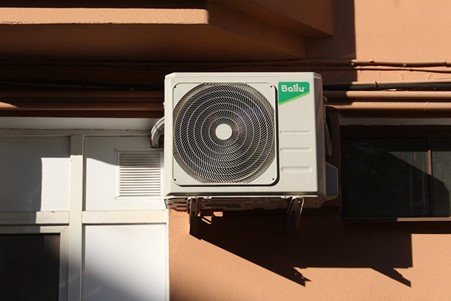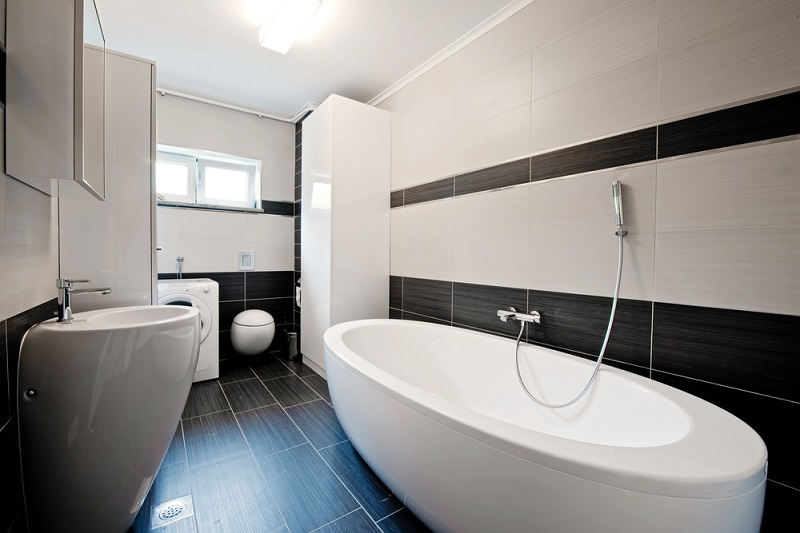Have you ever thought about what keeps your home comfortable throughout the year? What exactly keeps you cozy in the bone-chilling winter and refreshes you on a blistering summer day? The answer is your home’s heating and cooling system. From those frosty mornings to sweltering afternoons, this essential piece of technology ensures your indoor climate is always temperate, whatever weather outside. But how much do you know about these systems that work like clockwork to keep you comfortable? How do they function? What types should you consider for a new home or renovation?
This article will demystify the basics of heating and cooling systems, providing you insights on how they function, and enlighten your understanding of their role in maintaining the comfort and quality of your domestic life. Moreover, it might just spark an interest in the intricacies of home improvement that go far beyond colour palettes and pillow patterns.
What Exactly is a Heating and Cooling System?
A home’s heating and cooling system, often referred to as HVAC (Heating, Ventilation, and Air Conditioning), is more than just a thermostat on the wall or a unit outside. It’s a complex structure that involves several components working together seamlessly to control and maintain your home’s temperature, humidity, and air quality.
Central to the operation are a heating unit (furnace or other heaters) and a cooling unit (usually an air conditioner), synchronized with a distribution system to circulate the conditioned air throughout the property. Based on predetermined settings, the system works tirelessly to maintain a consistent and comfortable indoor climate.
Types of Heating and Cooling Systems
Understanding the different categories of heating and cooling systems can be overwhelming. From the traditional furnace and central air conditioner systems to geothermal heating and cooling systems, each type comes with its unique set of advantages and drawbacks.
For smaller spaces, split or ductless systems, and window air conditioning units might be ideal. On the other hand, larger homes may benefit from central ac systems, heat pumps or hybrid systems that can switch between gas and electric power as needed.
How Do These Systems Work?
The principle behind heating and cooling systems is relatively straightforward. For heating, the system takes in cold air, runs it over a heat exchanger to warm it, and circulates it throughout your home. For cooling, the process is essentially the opposite. The cooling unit absorbs the heat from your home, replacing it with cooled air.
The entire process is made efficient through insulation, which helps keep the heated or cooled air within the home, preventing leakage and ensuring consistent comfort.
Optimizing Energy Efficiency
Improving energy efficiency not only reduces carbon footprint but also shrinks energy bills – a win-win situation. These could be achieved by investing in Energy Star-rated appliances, regularly maintaining the system for optimal performance, and implementing smart home technologies for more precise control.
The Pros and Cons
Like anything else, HVAC systems have their pros and cons. On the bright side, they provide comfortable temperatures year-round, improve air quality, and in some instances, can provide domestic hot water. On the flip side, the cost of installation and maintenance, as well as energy consumption, cannot be ignored.
The Importance of Regular Maintenance
Regular maintenance extends the life of your HVAC system, ensuring consistent comfort, lower energy bills, and decreasing the likelihood of expensive repairs down the line. Annual checks are crucial for optimal operation.
Conclusion
Understanding your home’s heating and cooling system is no small feat, but it is both enlightening and empowering. The knowledge aids in making informed decisions concerning your system’s efficiency, maintenance, and even potential upgrades. Learning about your HVAC is an underrated aspect of home improvement, but it plays a crucial role in making a home more comfortable and environment friendly.
And remember, while aesthetic design choices might be more visually pleasing, it’s elements like these that truly make a house a home.



